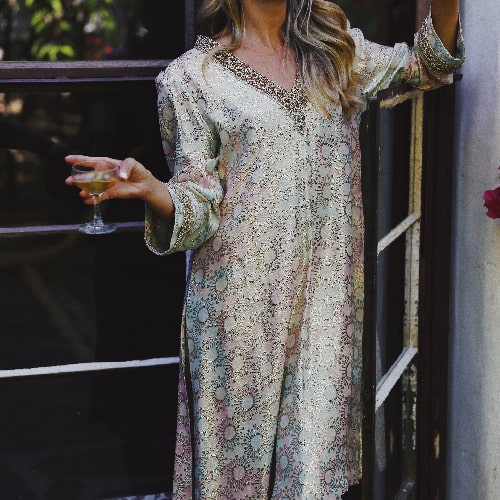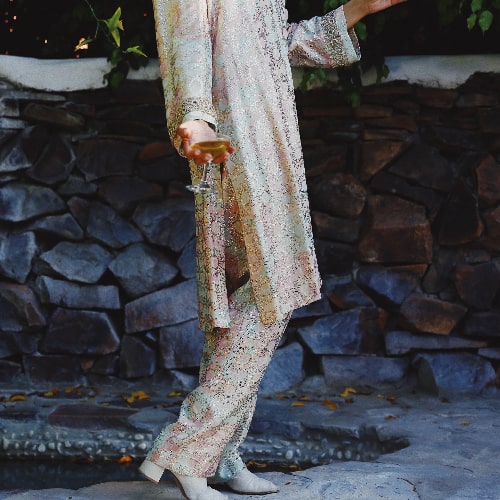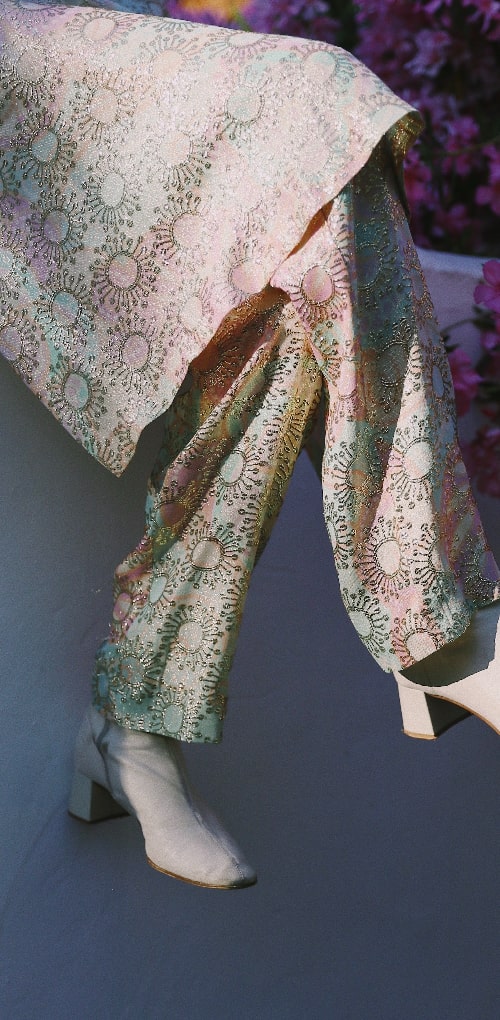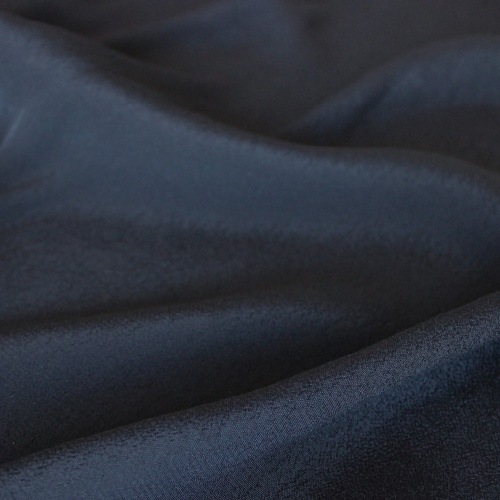Woman Wear
Caftan
Caftan
A kaftan or caftan is a variant of the robe or tunic, and has been worn in a number of cultures around the world for thousands of years and is of Asiatic origin. In Russian usage, kaftan instead refers to a style of men’s long suit with tight sleeves. Used by many Middle Eastern ethnic groups, the kaftan is ancient Mesopotamian (modern day Iraq) in origin.
It may be made of wool, cashmere, silk, or cotton, and may be worn with a sash. Popular during the time of the Ottoman Empire, detailed and elaborately designed garments were given to ambassadors and other important guests at the Topkapi Palace. Variations of the kaftan were inherited by cultures throughout the Middle East and Asia and were worn by individuals in Russia, South East Asia and Northern Africa.
Styles, uses, and names for the kaftan vary from culture to culture. The kaftan is often worn as a coat or as an overdress, usually having long sleeves and reaching to the ankles. In regions with a warm climate, it is worn as a light-weight, loose-fitting garment. In some cultures, the kaftan has served as a symbol of royalty.



Caftans are long, lightweight dresses that hang loose on the body. They’re like long-sleeved tunics but tend to have wider sleeves and are made from lighter fabrics, as they originated in hot African climates. Caftans also come in tons of patterns, prints and hues, so it’s easy to choose one that embodies your unique self!
Most caftans are brightly colored and embellished with patterns, embroidery, applique or other adornments reminiscent of the garment’s African and Middle Eastern origins.
The origin and history of caftans is a story between ancient glamor and modern style.
Types of Caftans
No matter what events you have in your day planner – weddings, formal dances, or casual vacations – there’s a caftan to match!
Long Caftan
This is the standard style of caftan and the easiest to find. It usually has Afrocentric patterns or designs. Sleeve lengths will vary, but the dress itself will always reach down to your ankles.
Short Caftans
Short Caftan were traditionally designed to cover the entire body, but some modern designers have altered them to show off women’s legs. Wear these with panty hose during more conservative events or go without when you’re with your girlfriends.
Open Caftan
Most people think of caftans like a dress: completely closed in the front. However, some are fashioned like long, lightweight overcoats. These are great for layering over other outfits, especially during mid spring and fall when the weather is warm but the wind is still chilly. Many women also use a short, open caftan as a swimsuit cover-up in the heat of summer.
V-neck
Some caftan dresses are designed for complete modesty, but not these! The V-neck design is used to complement—but not expose—a lady’s assets. These are great for warm, casual settings when you want to be comfortable and fabulous: think a day by the pool or a church summer barbecue.
Fitted
Many caftans hang loose and away from the body, but some narrow in around the waist to flatter your figure. Sometimes, these caftan dresses are belted with a tie, which you can swap out for an even more versatile look. Try nipping your waist in with a statement belt for church or a silk scarf for a day at the park.
Dual-layer
Some caftans have a solid first layer and a translucent outer layer, giving the outfit an ethereal effect and making you look sent from heaven. These types of caftans tend to stick to one solid color, but some designers will add flair with jewels, embroidered collars and lavish trim. People will think you’re a true angel if you step out wearing one of these!

